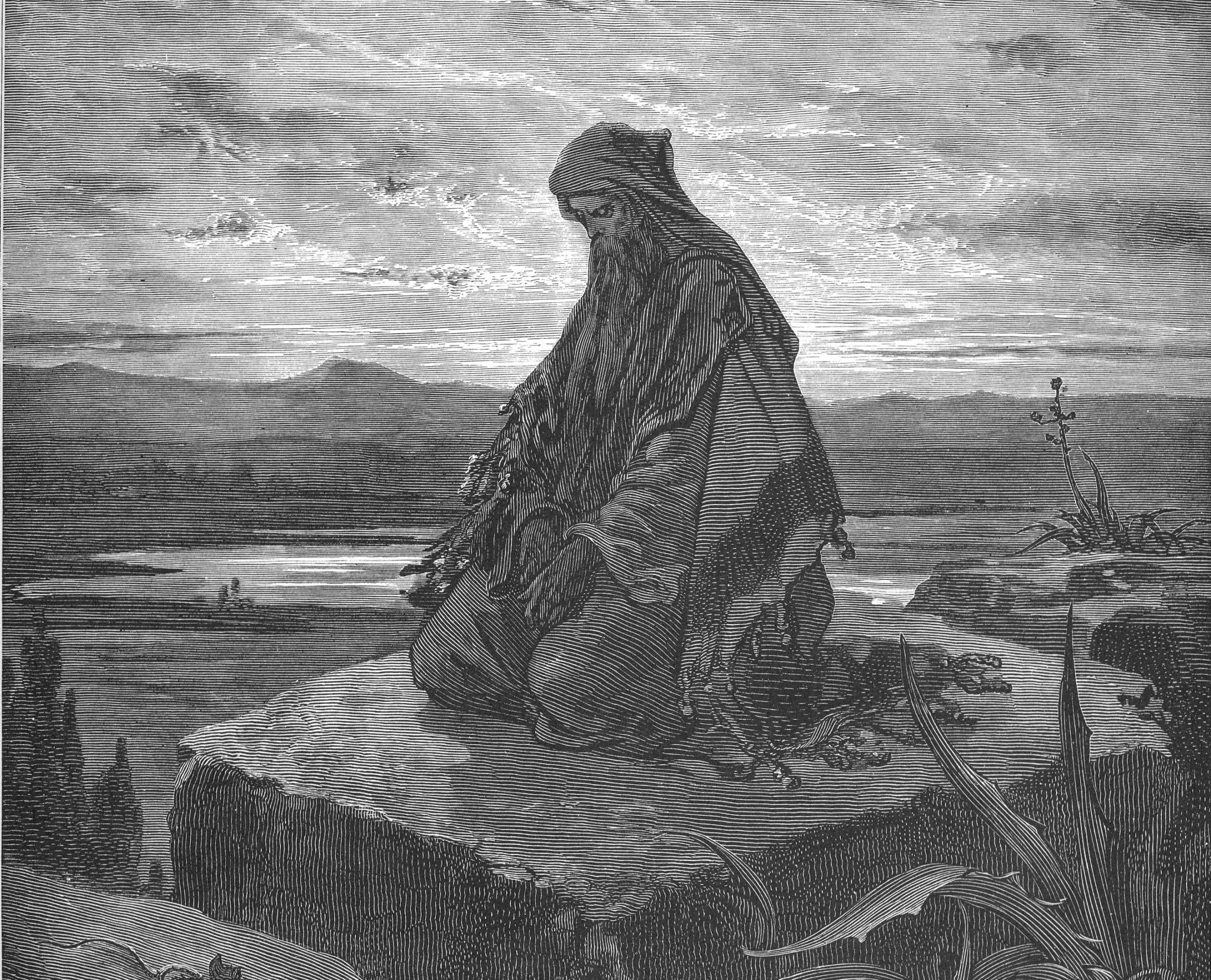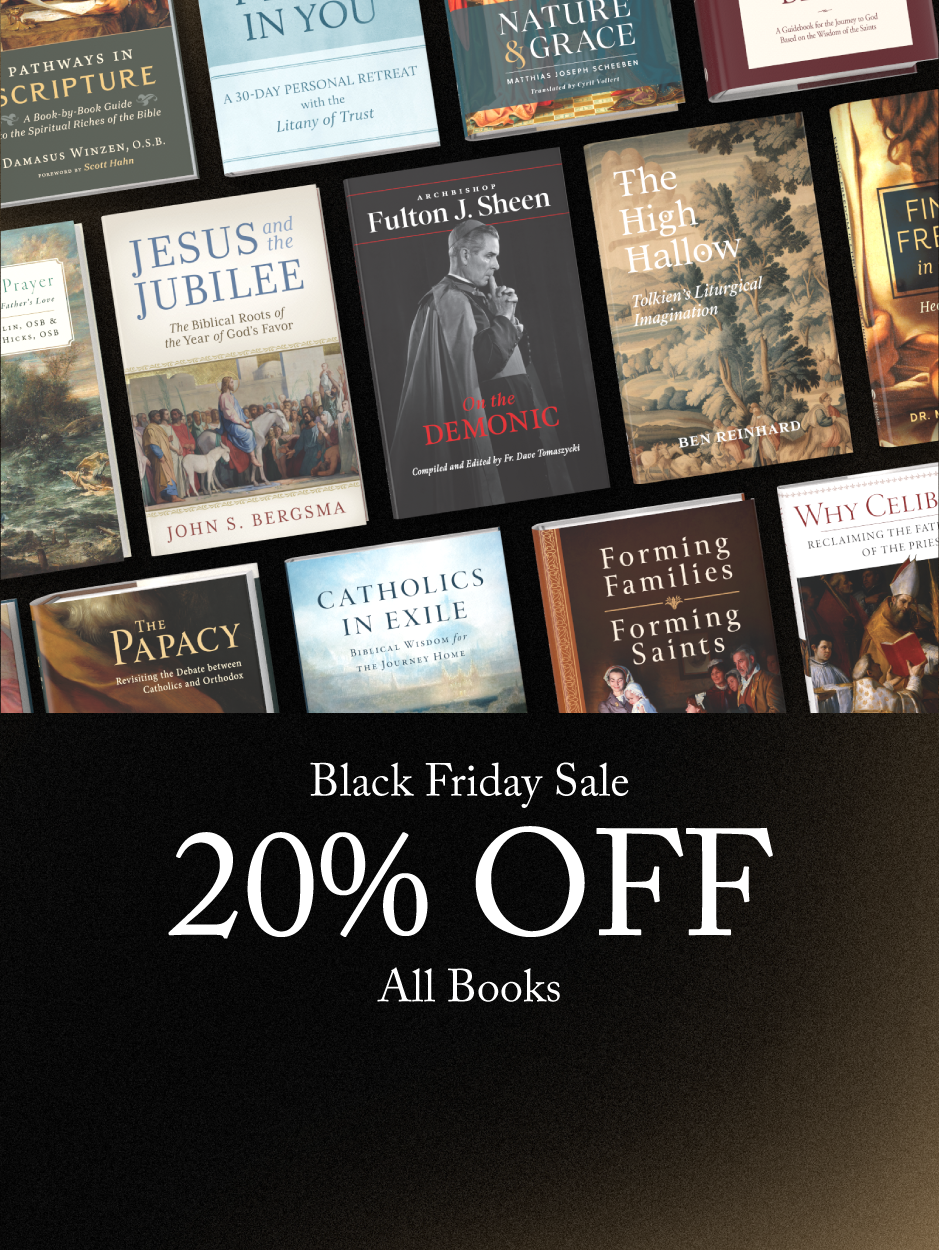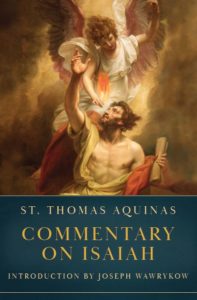What are 10 Things I Should Know About Isaiah?
By Clement Harrold

1) He is the first and greatest of the four major prophets. Standing at the head of Jeremiah, Ezekiel, and Daniel, Isaiah’s writings constitute the single most important prophetic book of the Old Testament. His theological vision is expansive, and it has exerted an enormous influence over subsequent Jewish and Christian theology.
2) His book is known as the fifth Gospel. While this title is often applied to the Holy Land, the Church Fathers also used it to describe the book of Isaiah! More than any other prophet, Isaiah points forward time and again to Christ. Appropriately, therefore, the book of Isaiah is second only to the Psalms in being the biblical book most quoted in the New Testament.
3) His writings can be split into two (or three) parts. The authorship and composition of the book of Isaiah is a source of major scholarly debate. While some scholars view the work as being composed of three literary parts, a basic bipartite division helps capture the essence of what the book is about: (1) Isaiah 1-39 addresses Jerusalem and the southern kingdom of Judah primarily with a message of judgment in the B.C. 700s when the Assyrian Empire posed a major threat to its existence; (2) Isaiah 40-66 is aimed at a similar audience, but this time the message is primarily one of consolation, and here the time period is the Babylonian Exile (B.C. 500s).
4) His career began with an angel burning his lips. Although it appears in chapter 6, the vision of Isaiah beholding the glory of God and encountering the six-winged seraph describes the start of his prophetic ministry. The seraph takes a coal from the heavenly altar and touches it to the prophet’s lips, thereby purifying them ahead of his proclamation of God’s word. Isaiah 6 also recounts the angels of the divine court proclaiming the holiness of the Lord in a hymn of perpetual praise; their chant is the source of the “Sanctus,” or “Holy, Holy, Holy,” which forms part of the Catholic Mass today.
5) He prophesied for a really long time. While the figure of Isaiah remains mysterious, scholars suspect he was born to a noble family in Jerusalem. We also know that his prophetic ministry spanned the reigns of multiple kings (see Is 1:1), from the time of King Uzziah (ca. B.C. 783-742) until at least the time of King Hezekiah (ca. B.C. 715-687). Ancient Jewish tradition goes even further, suggesting that Isaiah lived into the reign of Hezekiah’s son, Manasseh. This means Isaiah would have been prophesying for over fifty years!
6) Zion is a major theme in his writings. Isaiah’s target audience is Judah and especially its capital city of Jerusalem. Throughout the work, Jerusalem is known under the Davidic title of “Zion.” Although it refers to a particular city, Zion becomes a symbol for Israel more broadly; hence Isaiah’s exhortations addressed to Jerusalem serve as an invitation (and a warning) to the people of God as a whole.
7) He prophesied the arrival of Immanuel. Isaiah 7 relates perhaps the most famous prophecy in all of Scripture: “Behold, a virgin shall conceive and bear a son, and shall call his name Immanuel” (Is 7:14). As is the case in much of Isaiah’s writings, the prophecy is rooted in proximate historical events, while at the same time pointing ahead to a future supernatural reality. In this instance, the cynical King Ahaz is under threat from his international enemies but unwilling to request a sign of reassurance from the Lord, so Isaiah suggests a sign in his stead. Given that Isaiah 7 is just one of several chapters that allude to the coming nativity of Christ (see Is 7-12), the Church therefore draws heavily on the prophet’s writings during the Advent season.
8) He gave us the famous Servant Songs. Isaiah 40-55 contains a number of consoling oracles about a mysterious figure identified as God’s servant. Old Testament scholars John Bergsma and Brant Pitre identify seven of these “Songs”: Is 41:8-16; 42:1-9; 44:1-5; 44:21-28; 49:1-13; 50:4-11; and 52:13-53:12. In many respects, the Servant points forward to Christ, the One who “was wounded for our transgressions … bruised for our iniquities” (Is 53:5). In other respects, the Servant appears to symbolize Israel as a whole.
9) Jewish tradition holds that he died a martyr’s death. Since ancient times, it has been accepted that in his old age Isaiah was put to death by the evil King Manasseh, son of King Hezekiah. The manner of death? Sawing in two! Interestingly, this tradition seems to be alluded to in the Epistle to the Hebrews when it lists the Old Testament heroes of faith:
Others suffered mocking and scourging, and even chains and imprisonment. They were stoned, they were sawn in two, they were killed with the sword; they went about in skins of sheep and goats, destitute, afflicted, ill-treated—of whom the world was not worthy—wandering over deserts and mountains, and in dens and caves of the earth. (Heb 11:36-38)
10) His writings point forward to a new creation. The book of Isaiah is richly eschatological in nature, repeating foreshadowing the fulfillment of creation and the kingdom of peace to come (see Is 9:7). The famous line from the book of Revelation about God wiping away every tear, for example, finds its origin in the prophet Isaiah: “He will swallow up death forever, and the Lord God will wipe away tears from all faces” (Is 25:8). We should remember, too, that in Isaiah’s theology, the theme of renewal is always connected to liturgical worship, and so the Temple Mount in Jerusalem (Zion!) frequently occupies center stage (e.g. Is 66:18-23).
Further Reading:
https://www.newadvent.org/cathen/08179b.htm
John Bergsma and Brant Pitre, A Catholic Introduction to the Bible: The Old Testament (Ignatius Press, 2018)
Clement Harrold earned his master’s degree in theology from the University of Notre Dame in 2024, and his bachelor’s from Franciscan University of Steubenville in 2021. His writings have appeared in First Things, Church Life Journal, Crisis Magazine, and the Washington Examiner.
You Might Also Like
Christians have called the Book of Isaiah a “fifth gospel” because of its striking foretelling of the principal mysteries of the life of Jesus. But how do these prophecies of a still far-off Savior relate to the circumstances of Isaiah’s own time?
St. Thomas Aquinas’s Commentary on Isaiah is believed to be his first major theological work, produced as part of his academic training as a bachelor of theology. Carefully attending to the language and structure of Isaiah’s prophecy and using Scripture to shed light on Scripture, Aquinas explains how Isaiah’s message brought comfort to Israel and pointed forward to the coming of the Christ.
Louis St. Hilaire is an author, translator, and software engineer with a specialty in digital tools for the study of Latin and the Catholic tradition. He is the developer and coeditor of Verbum’s Catholic Topical Index and author of That You Might Have Life: An Introduction to the Paschal Mystery of Christ.


